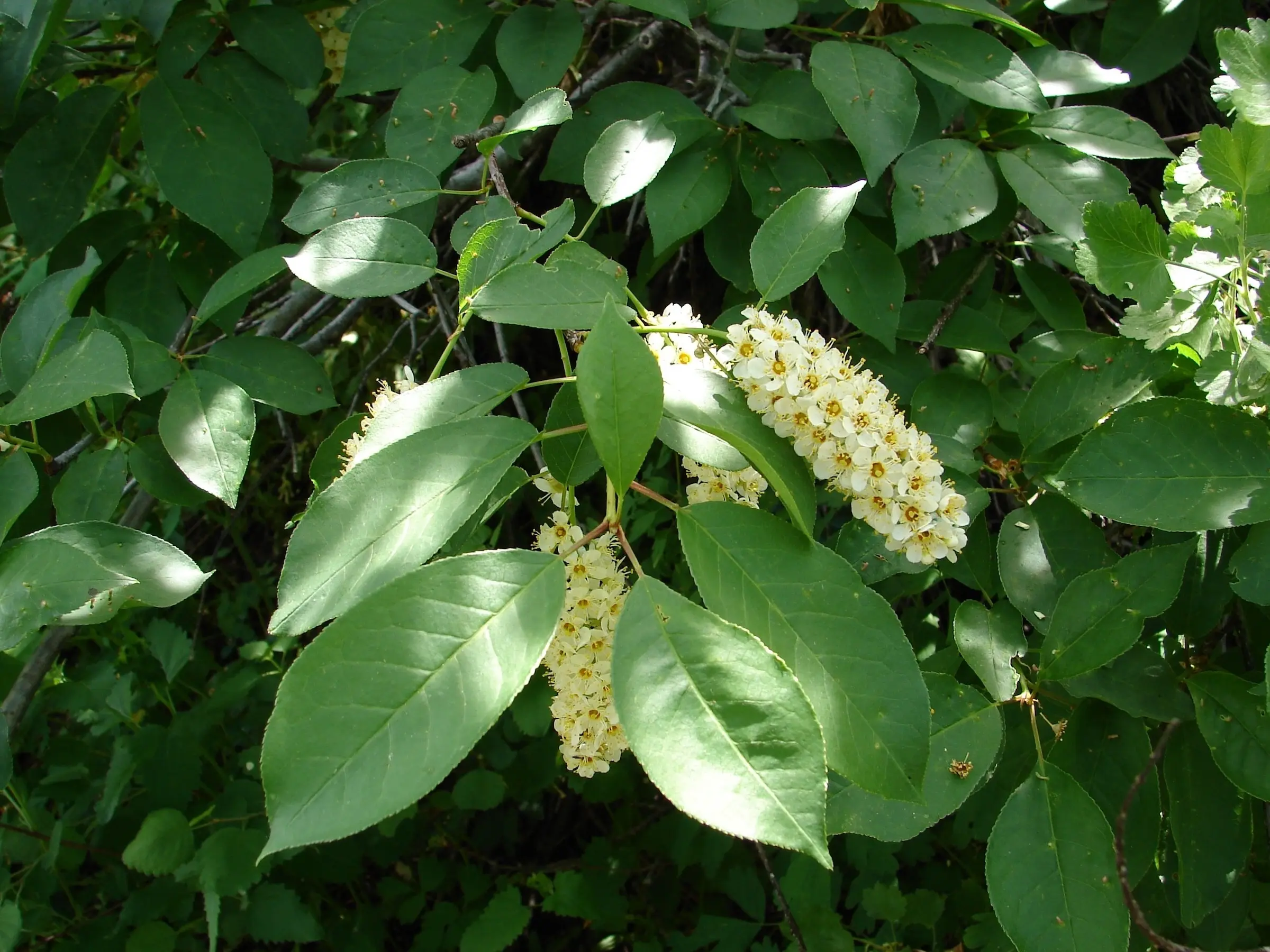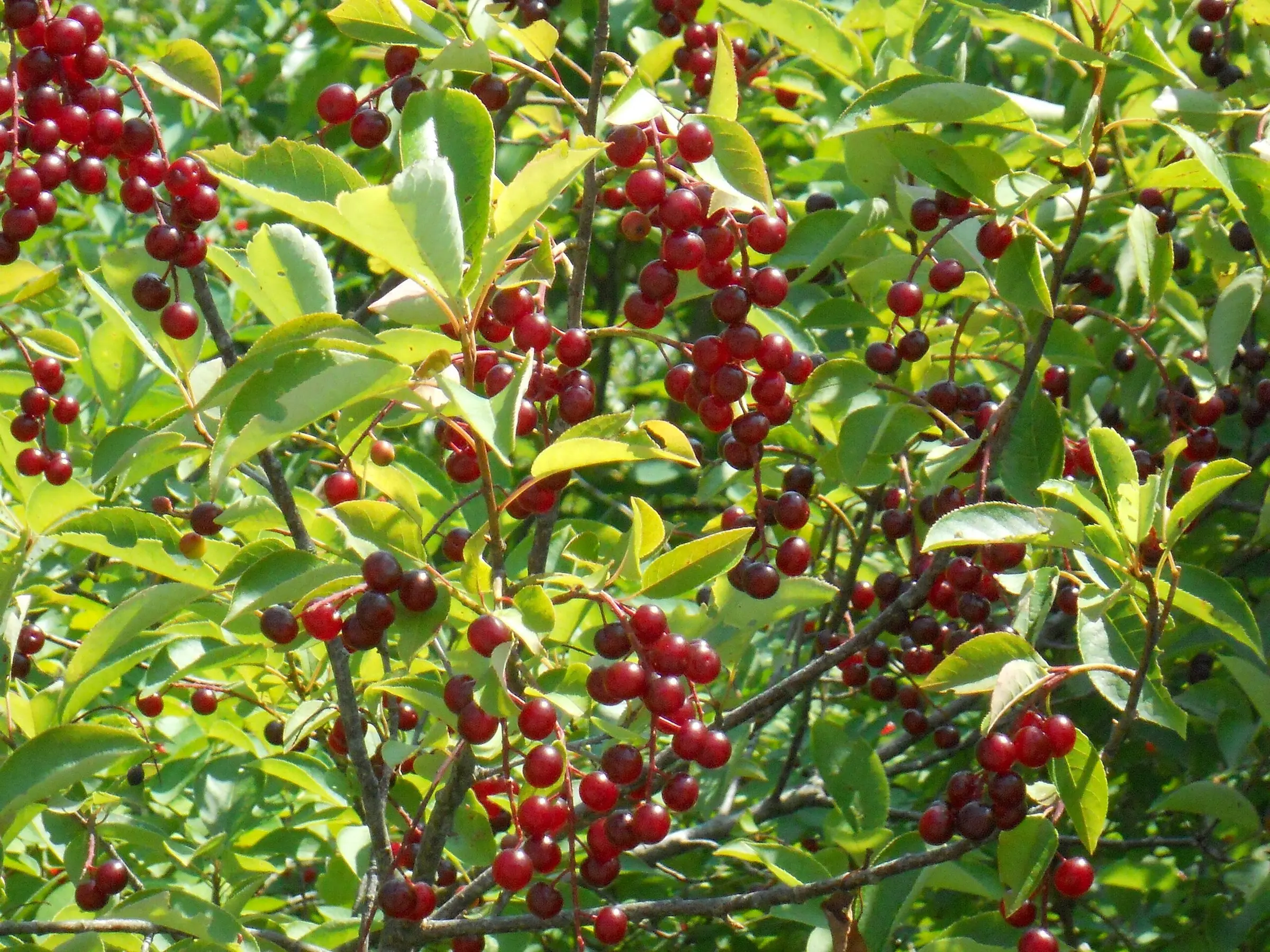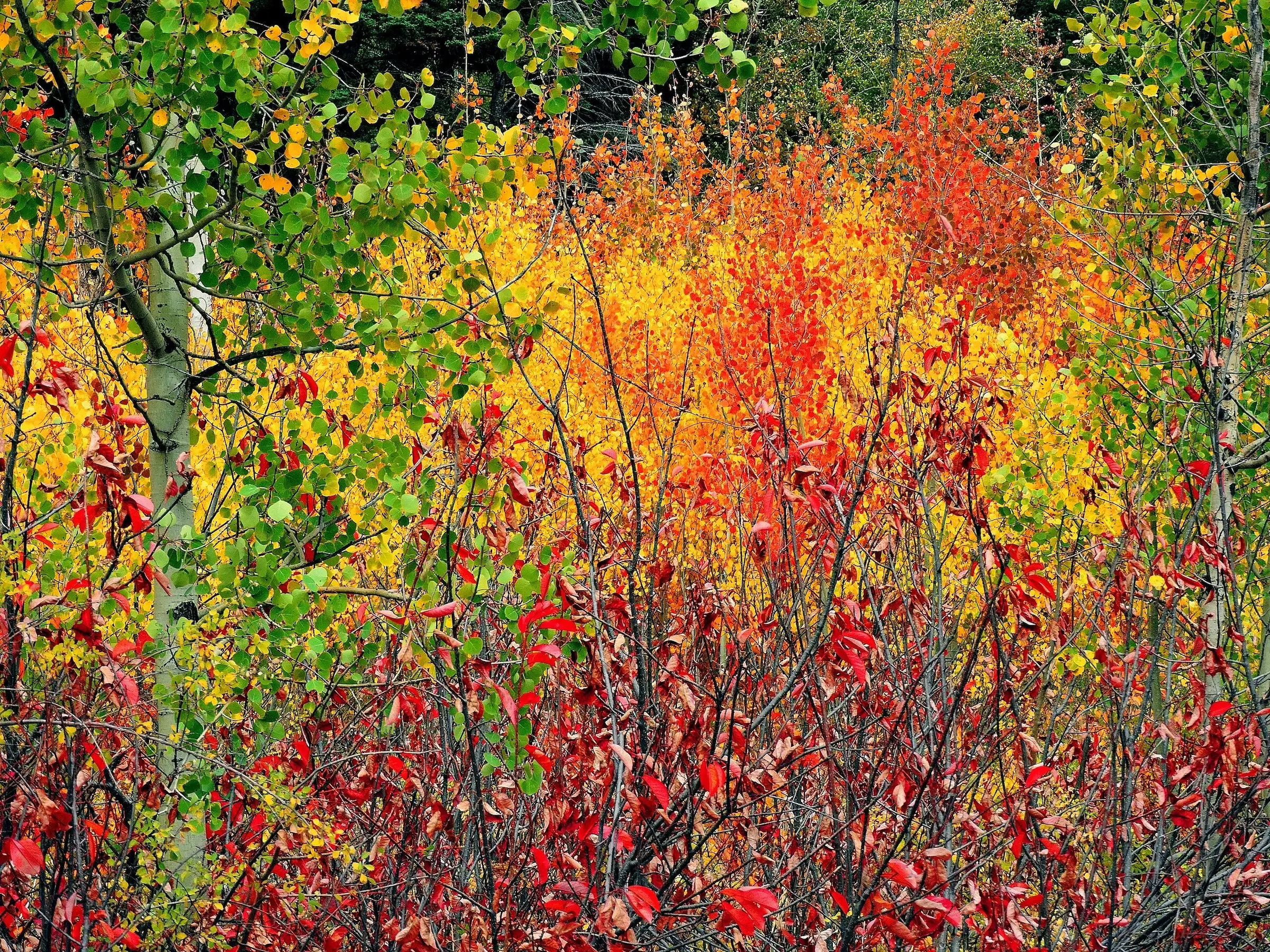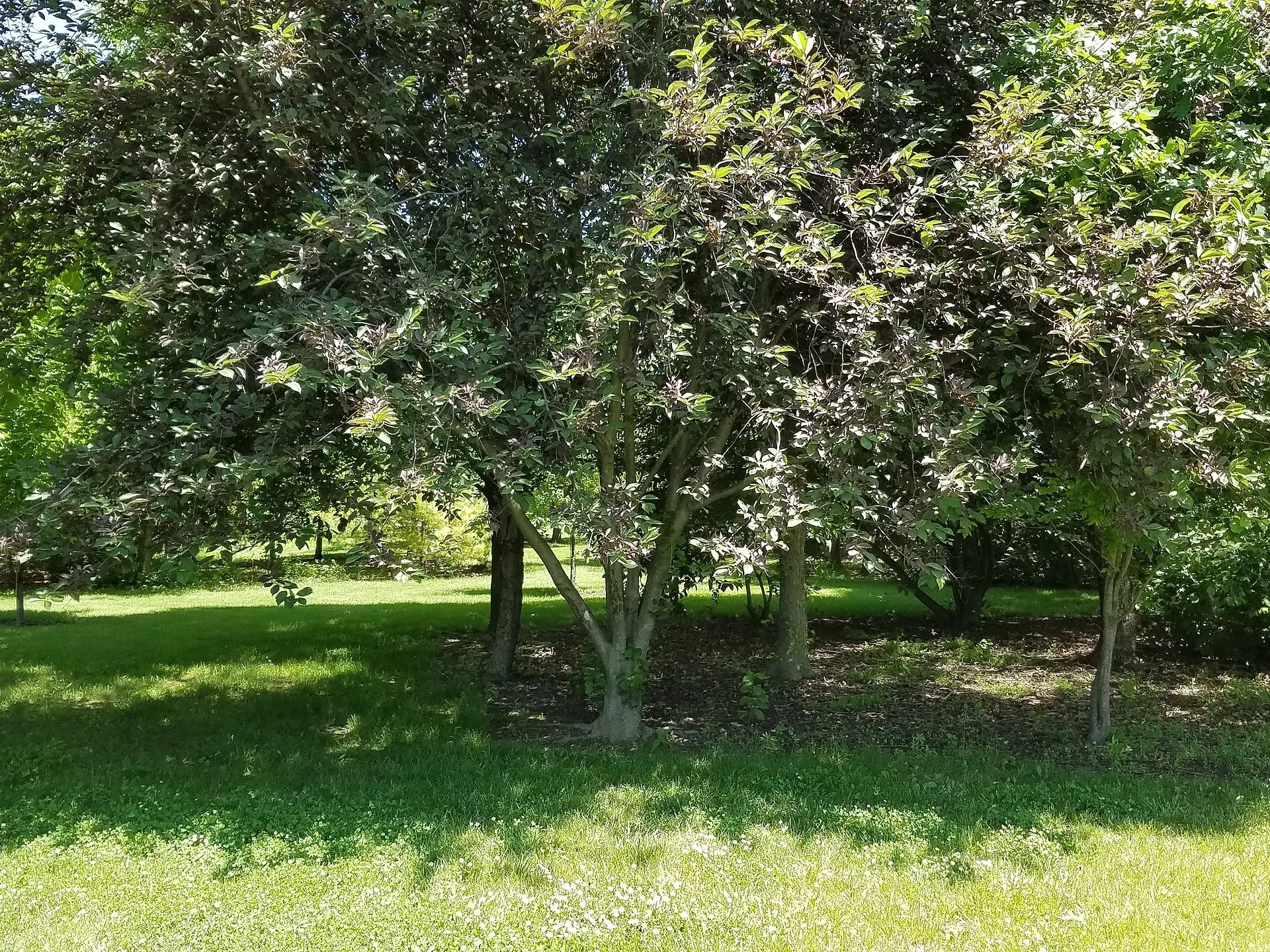
Name
Prunus virginiana, Bird Cherry
Description
Large shrubs or a small tree, with thin grey / brown bark which can grow up to eight feet. Leaves are oval and alternate (may or may not have hairs on their underside), Flowers are small, white, have five petals and grow in clusters. Fruit is oblong and dark purple / black when ripe.

Concern Level
Only during drought conditions, unpalatable. Often planted for ornamental use.
Toxic Parts
All parts of the plant are toxic, high concentration in leaves as they wilt.

Symptoms
Excitability, muscle tremors, excessive drooling, convulsions.
Danger
Contains cyanide which halts cellular respiration and can be fatal.

More Information
*It should be noted that we are not veterinarians. This information is written specifically for horses and should be used for reference purposes only. If you think your horse has eaten something toxic call your vet right away.